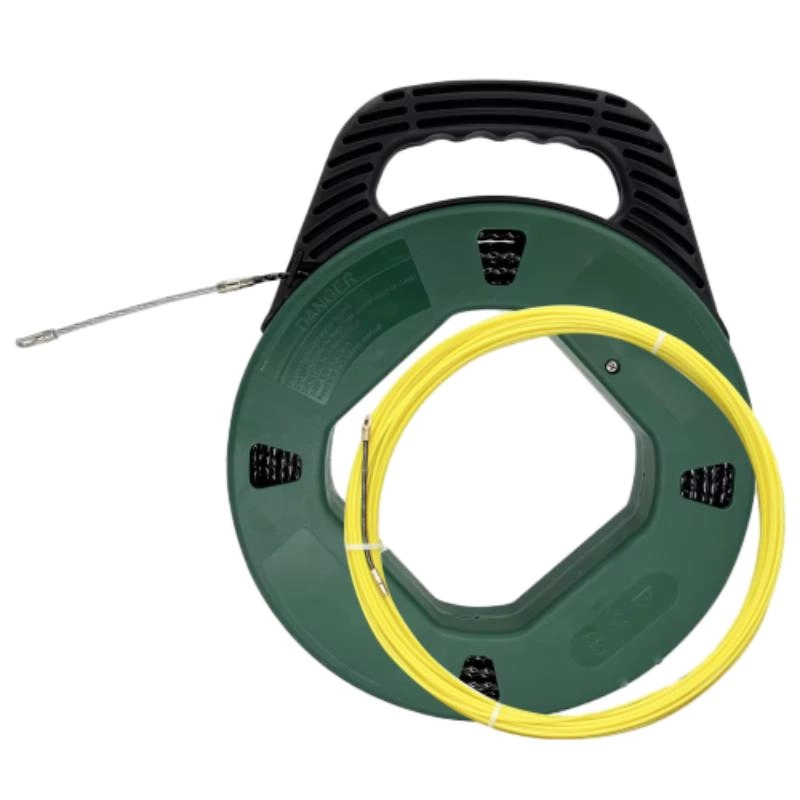
-
 Afrikaans
Afrikaans -
 Albanian
Albanian -
 Amharic
Amharic -
 Arabic
Arabic -
 Armenian
Armenian -
 Azerbaijani
Azerbaijani -
 Basque
Basque -
 Belarusian
Belarusian -
 Bengali
Bengali -
 Bosnian
Bosnian -
 Bulgarian
Bulgarian -
 Catalan
Catalan -
 Cebuano
Cebuano -
 Corsican
Corsican -
 Croatian
Croatian -
 Czech
Czech -
 Danish
Danish -
 Dutch
Dutch -
 English
English -
 Esperanto
Esperanto -
 Estonian
Estonian -
 Finnish
Finnish -
 French
French -
 Frisian
Frisian -
 Galician
Galician -
 Georgian
Georgian -
 German
German -
 Greek
Greek -
 Gujarati
Gujarati -
 Haitian Creole
Haitian Creole -
 hausa
hausa -
 hawaiian
hawaiian -
 Hebrew
Hebrew -
 Hindi
Hindi -
 Miao
Miao -
 Hungarian
Hungarian -
 Icelandic
Icelandic -
 igbo
igbo -
 Indonesian
Indonesian -
 irish
irish -
 Italian
Italian -
 Japanese
Japanese -
 Javanese
Javanese -
 Kannada
Kannada -
 kazakh
kazakh -
 Khmer
Khmer -
 Rwandese
Rwandese -
 Korean
Korean -
 Kurdish
Kurdish -
 Kyrgyz
Kyrgyz -
 Lao
Lao -
 Latin
Latin -
 Latvian
Latvian -
 Lithuanian
Lithuanian -
 Luxembourgish
Luxembourgish -
 Macedonian
Macedonian -
 Malgashi
Malgashi -
 Malay
Malay -
 Malayalam
Malayalam -
 Maltese
Maltese -
 Maori
Maori -
 Marathi
Marathi -
 Mongolian
Mongolian -
 Myanmar
Myanmar -
 Nepali
Nepali -
 Norwegian
Norwegian -
 Norwegian
Norwegian -
 Occitan
Occitan -
 Pashto
Pashto -
 Persian
Persian -
 Polish
Polish -
 Portuguese
Portuguese -
 Punjabi
Punjabi -
 Romanian
Romanian -
 Russian
Russian -
 Samoan
Samoan -
 Scottish Gaelic
Scottish Gaelic -
 Serbian
Serbian -
 Sesotho
Sesotho -
 Shona
Shona -
 Sindhi
Sindhi -
 Sinhala
Sinhala -
 Slovak
Slovak -
 Slovenian
Slovenian -
 Somali
Somali -
 Spanish
Spanish -
 Sundanese
Sundanese -
 Swahili
Swahili -
 Swedish
Swedish -
 Tagalog
Tagalog -
 Tajik
Tajik -
 Tamil
Tamil -
 Tatar
Tatar -
 Telugu
Telugu -
 Thai
Thai -
 Turkish
Turkish -
 Turkmen
Turkmen -
 Ukrainian
Ukrainian -
 Urdu
Urdu -
 Uighur
Uighur -
 Uzbek
Uzbek -
 Vietnamese
Vietnamese -
 Welsh
Welsh -
 Bantu
Bantu -
 Yiddish
Yiddish -
 Yoruba
Yoruba -
 Zulu
Zulu


Dec . 01, 2024 10:27 Back to list
chain block pulley
Understanding Chain Block Pulleys A Comprehensive Overview
Chain block pulleys, commonly referred to as chain hoists, are vital tools in various industries ranging from construction to manufacturing. These devices utilize a chain and pulley system to lift heavy loads, making them invaluable for tasks that involve moving materials vertically. This article explores the mechanics, uses, advantages, and safety considerations associated with chain block pulleys.
Mechanics of Chain Block Pulleys
At the heart of a chain block pulley is a simple yet effective mechanism. The core components include a chain, a block (or pulley), and a lifting hook. When the chain is pulled, it rotates the block's drum, which in turn raises or lowers the attached load. The design allows for the multiplication of force, enabling one person to lift objects that may weigh several tons with relative ease.
The most common type of chain block pulley operates based on the principle of mechanical advantage. When you pull the chain, the reduction in the effective effort needed to lift weight is facilitated by the arrangement of the pulleys. For example, in a block and tackle system, multiple pulleys can distribute the weight, minimizing the force required to lift the load.
Uses of Chain Block Pulleys
Chain block pulleys are employed across numerous sectors. In construction, they are indispensable for lifting beams, steel plates, and other heavy materials. In manufacturing, they are used for assembly lines and material handling, allowing workers to move products effortlessly along or between production stations.
Additionally, chain blocks find applications in maintenance and repair, where heavy machinery or vehicles need to be lifted for inspection or service. Their versatility also extends to warehouses, where they assist in organizing heavy inventories or machinery.
Advantages of Chain Block Pulleys
1. Efficiency Chain block pulleys dramatically reduce the physical effort required for lifting heavy loads. This efficiency helps to improve productivity on job sites and in factories.
chain block pulley

3. Cost-Effective Compared to powered hoists, chain block pulleys are more affordable both in initial purchase and maintenance costs. They provide a reliable lifting solution without the added expense of electricity or batteries.
4. Durability Most chain block pulleys are made from high-quality materials that withstand significant wear and tear. Their simple design with fewer moving parts contributes to their longevity and reliability.
Safety Considerations
While chain block pulleys offer many benefits, safety is paramount. Improper use can lead to accidents, which could result in injury or property damage. Therefore, it is essential to follow best practices when using chain hoists
- Load Limits Always be aware of the manufacturer's specified load limits. Overloading a chain block can lead to equipment failure and severe accidents.
- Inspection Regularly inspect the chain and pulley for signs of wear, rust, or damage. Any worn components should be replaced immediately to ensure safe operation.
- Proper Technique Workers should receive proper training in using chain block pulleys. Understanding the principles of mechanical advantage and safe lifting techniques can significantly mitigate risk.
- Environmental Awareness Be mindful of the work environment. Ensure that the chain block is placed on a stable and secure surface, and avoid lifting loads over people.
Conclusion
Chain block pulleys play a pivotal role in lifting and moving heavy materials across various industries. Their design offers an efficient and economical solution to vertical lifting challenges. However, safety must always be prioritized to ensure that these tools are used effectively and without risk. By understanding the mechanics, advantages, and necessary precautions associated with chain block pulleys, users can maximize their functionality while minimizing potential hazards.
Latest news
What Are Construction Tools and How Are They Used?
NewsJul.11,2025
Professional-Grade Duct Rodding Tools for Superior Cable Installation
NewsJul.11,2025
Enhancing Safety and Efficiency with Modern Hot Stick Solutions
NewsJul.11,2025
Empowering Cable Installation with Advanced Rodder Solutions
NewsJul.11,2025
Elevate Your Cable Installation Projects with Cable Pulling Tools
NewsJul.11,2025
Efficient Cable Handling Solutions: Cable Rollers for Sale
NewsJul.11,2025











